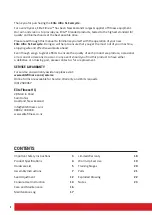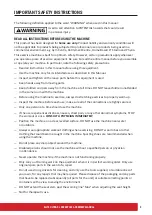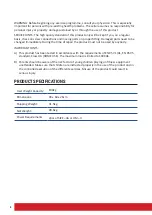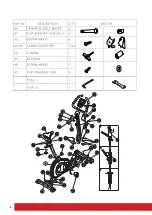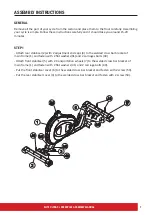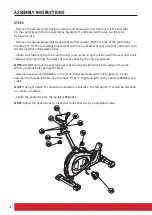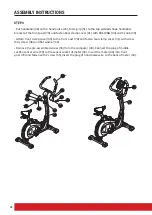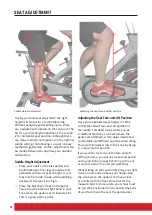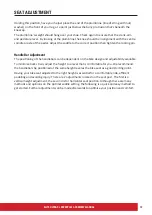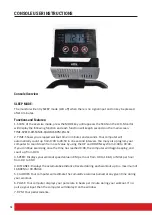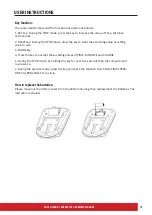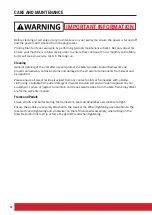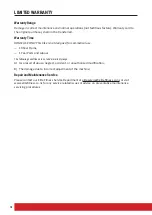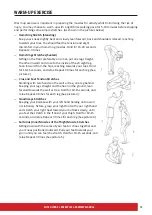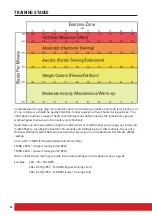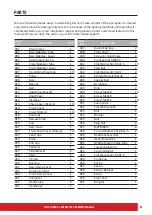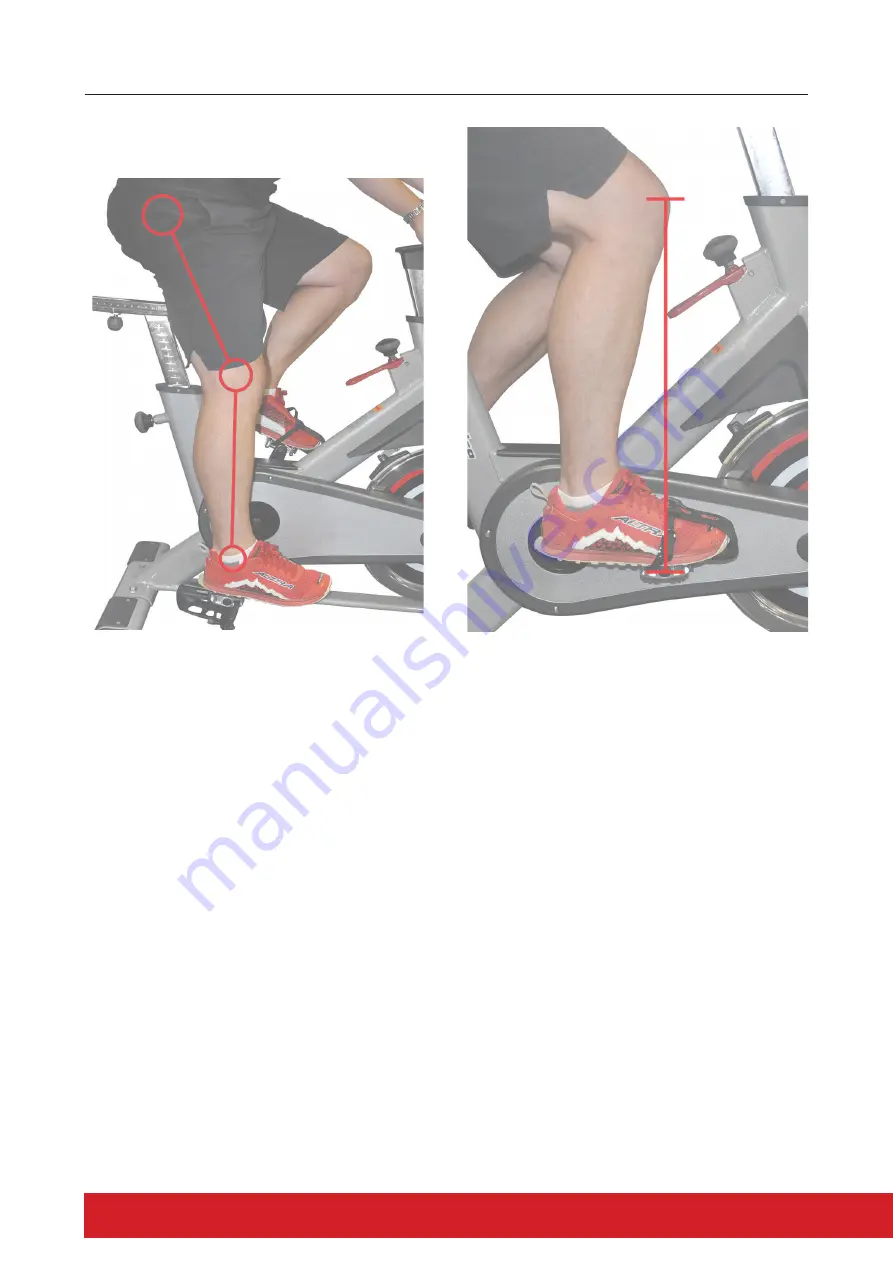
12
SEAT ADJUSTMENT
Having your bike seat adjusted to the right
height is essential for a comfortable ride,
efficient pedalling and avoiding injury. There
are 2 adjustments located on the seat post. The
first is a vertical height adjustment, the second
is for horizontal seat position. Although there
are many methods and opinions on the optimal
saddle setting, the following is a quick an easy
method to get started. Further adjustments can
be made afterwards to optimise your position
and comfort.
Saddle Height Adjustment
— Place your heels on the bike pedals and
pedal backward. Your legs should be fully
extended with your knees straight. If your
hips rock from side to side while pedalling
backward, the seat is too high.
—
Place the ball of your foot on the pedal.
There should now be a slight bend in your
knee when the pedal is at its lowest point.
This is a good starting point.
Adjusting the Seat Fore-and-Aft Position
Once you’ve adjusted seat height, it’s time
to find the correct fore-and-aft position of
the saddle. This determines where you sit
in relationship to the crank set (where the
pedals are attached), which helps decide how
comfortable and efficient you’ll be when riding.
This also minimises stress to the knee by being
in a more neutral position.
If you want to try to check the fore-and-aft
setting at home, you will need a second person
and a plumb line (a length of string with a nut
or washer tied on the end will work fine).
Whilst sitting on the seat saddle bring your right
crank arm around and have your helper stop
the crank when the pedal is at three o’clock
or parallel with the floor. Note that for this
measurement to be accurate, your shoes must
be correctly positioned on the pedals (the balls
of your feet should be over the pedal axles).
Adjusting the Seat Fore-and-Aft Position
Saddle Height Adjustment


